
With rich culture, delicious cuisine and a beautiful language, Japan is unlike any other destination you’ll visit. And while the major tourist destinations are seeing plenty of visitors from abroad, the Japanese have a strong sense of pride in their culture.
So if you want to impress the locals and fit in, do like the locals do—here are 10 tips to avoid looking like a tourist in Japan!
1. Dress up

Don’t get the tux out just yet; locals don’t dress up that much. But they do dress up more than in most other cultures. Business casual isn’t big in Japan and yoga pants are only appropriate when you’re going to yoga class. In summer, many people choose to wear longer skirts or slacks instead of shorts, and few wear tank tops. Pack clothes that aren’t too flashy and make sure they’re appropriate for the activities and the season you have planned. Bring a dressier outfit if you plan on eating somewhere nice.
2. Wear slip-on shoes
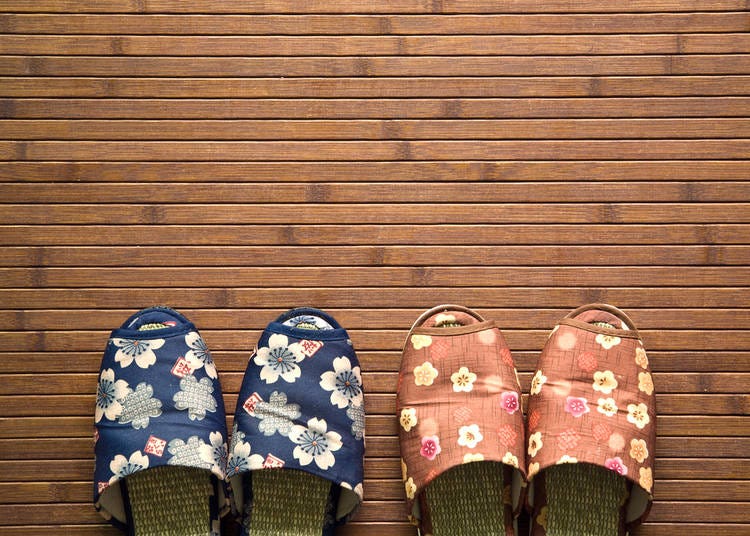
On a similar note, pay close attention to the footwear you bring. In traditional restaurants, certain attractions and in hotel rooms, you’ll be asked to take off your shoes upon entering. While flip flops are a big no-no for most occasions (save for a trip to the beach or a midnight run to the conbini), comfy ballet flats, loafers, boat shoes, or even a nice pair of slip-on sneakers are practical options. You might also notice that open-toed shoes and sandals are uncommon. This is because you can’t wear socks with them. Socks are standard in Japan so you won’t be barefoot when you go somewhere and need to take off your shoes.
3. Take a seat when you eat
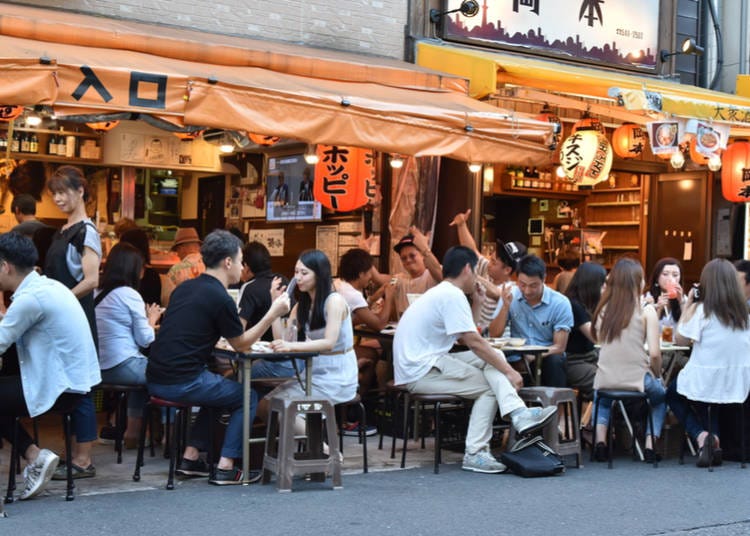
Eating while walking is considered a bit rude. Do yourself a favor and take a seat at a restaurant. Ballin’ on a budget and need to get lunch from the conbini? Eat in your hotel room or find a bench. Some grocery stores have seating outside where you can eat your bento.
4. Be mindful on the train
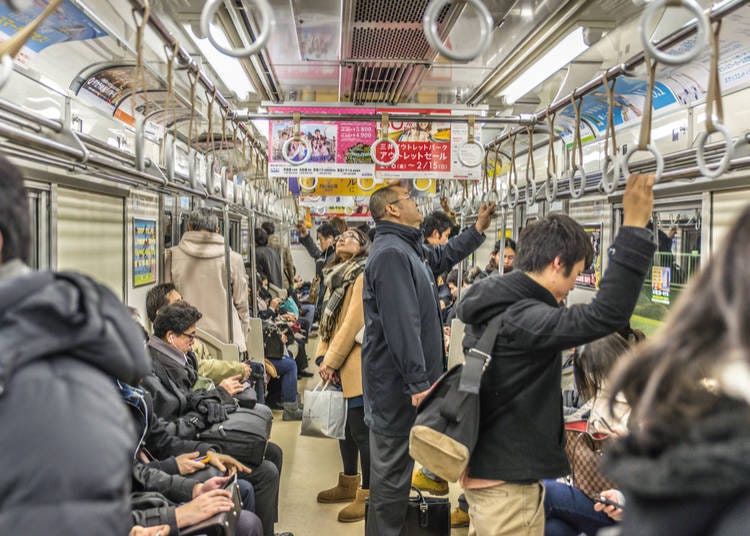
Millions of people use the train every day in Japan. So, some train etiquette is pretty understandable to be courteous to other passengers. Avoid eating on the train. Aside from shinkansen rides and other special trains where ekiben (train bento) are common, eating on the train is rude. If you need to eat, choose something that doesn’t smell or leave crumbs. Never leave your trash on the train. You should also avoid phone calls on the train. If you get a call, you should tell the caller you’ll call them back or get off at the next stop to finish the call. And never talk loudly. Learn to use an ‘indoor voice’.
5. Opt for a smaller bag
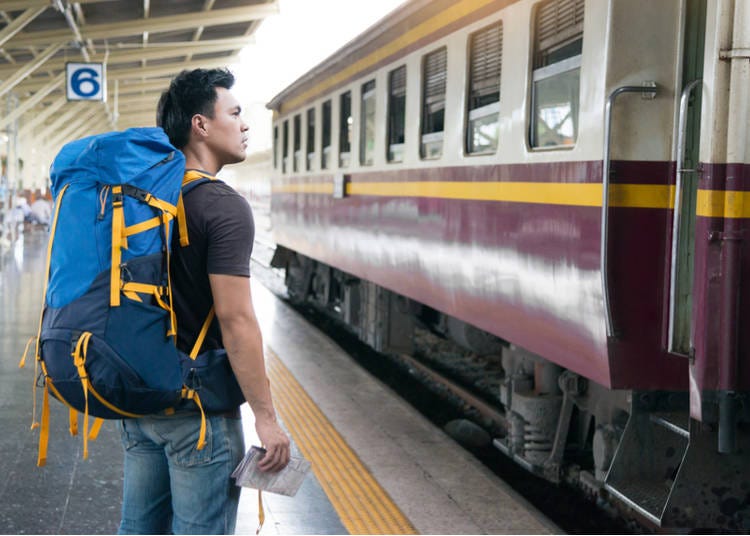
When walking around the city, choose a smaller bag like a purse, a tote or a crossbody bag. Locals don’t use large backpacks because they’re cumbersome—especially in crowded areas like trains. If you love the usability of a backpack, go with a smaller and more stylish option. And make sure to hold your backpack in front of you while riding the train.
6. Tap for trains

If you’re forgoing the JR Pass route, make riding the trains a breeze with an IC card like the Suica or Pasmo. These plastic cards work much like London’s Oyster card or Hong Kong’s Octopus card. You fill the card up with money and can just tap it to enter and exit trains and buses. IC cards can also be used in other places places including taxis, conbinis and grocery stores.
7. Learn basic phrases

Nobody, least of all locals, expect you to be fluent in Japanese for a two-week trip. But knowing a few basic phrases can help you get by and make friends along the way. The Japanese are quite shy when it comes to speaking English, so saying something as small as ‘Konnichiwa’ can make a huge difference in how you’re received.
Ohayou Gozaimasu - Good morning
Konnichiwa - Good afternoon
Konbanwa - Good evening
Arigatou Gozaimasu - Thank you
Sumimasen - Excuse me/I am sorry
Ikura desu ka? - How much is it?
___wa doko desu ka? - Where is…?
8. Carry cash
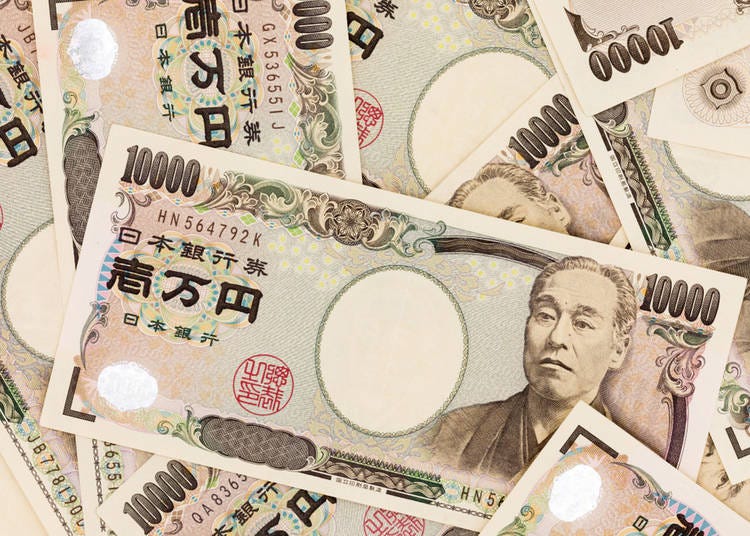
While many larger stores have begun to accept credit cards, many smaller shops still do not take them. So, always remember to carry some cash on you. You can find currency exchanges at the airports and throughout the city, or you can withdraw from 7-Eleven atms.
9. Keep calm and shop
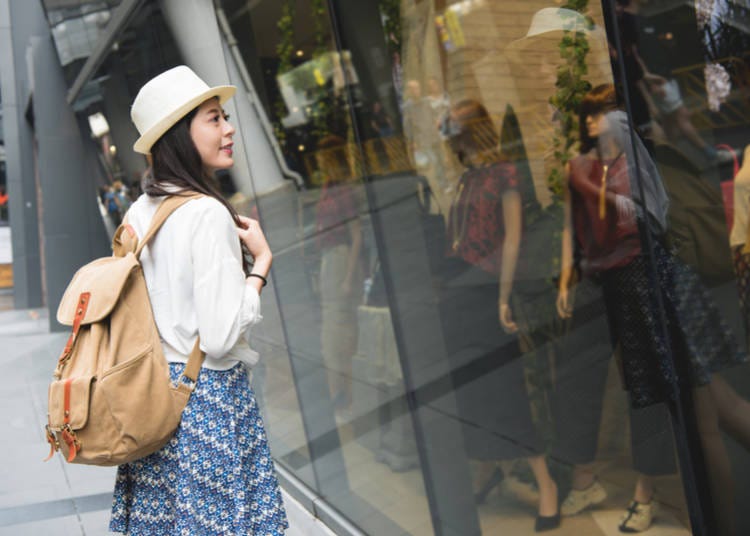
If you plan on going shopping during your trip to Japan, you’ll quickly notice that shopping is very different. The staff call out “Irasshaimase” (Welcome) frequently, but you don’t need to reply to them. They may also follow closely behind you in case you need assistance. Just keep calm and shop. If you need help, the staff will be right there for you.
10. Embrace the crowds
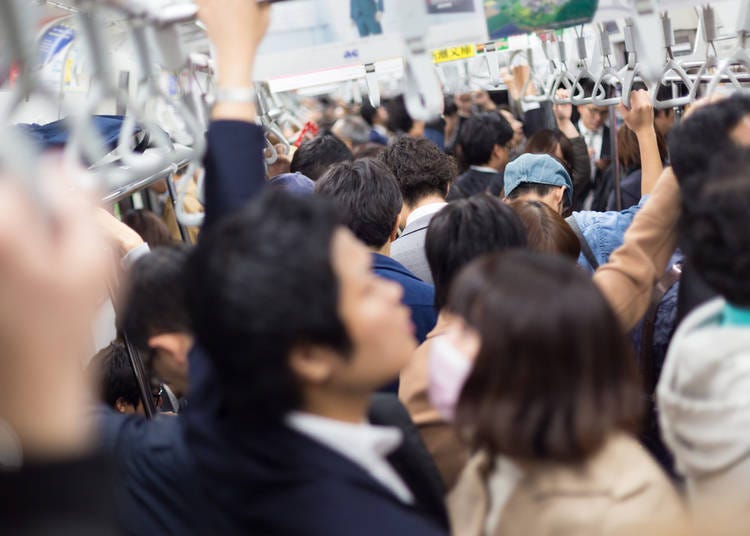
Crowded train? Hop on! Admittedly uncomfortable, crowded trains are part of everyday life in Japan. So, embrace this modern facet of Tokyo culture, hold your bag in front of you and politely squeeze yourself into the car. Unless you have a suitcase—in that case, don’t get on a crowded train. That would be rude. If you’d rather skip the crowds, then avoid public transportation at rush hour and take a taxi.
Photo credit (main image): Mahathir Mohd Yasin / Shutterstock.com
- Area
*Prices and options mentioned are subject to change.
*Unless stated otherwise, all prices include tax.
Recommended places for you
-

Autumn in Japan 2025: Fall Foliage Forecast & Where to Enjoy the Colorful Leaves (+Tour Info)
-

Half-Day Getaway from Tokyo: Cherry Blossoms, Local Culture and Samurai Vibes at Odawara Castle
-

Ueno Electronics Shopping Guide: Where to Buy Popular Gadgets – Top 6 Stores Near the Station with Tax-Free Deals
by: Ran Tanaka
-

The Ultimate Guide to Mitsui Outlet Parks in Japan (2025 Edition) - Popular Tax-Free Malls & Coupon Info for Travelers
by: Guest Contributor
-

Best Things to Do and See Around Tokyo in September: Events and Festivals in Kanto
-

Shizuoka Road Trip: Explore the Home of Mt. Fuji with a 3-Day Rental Car Itinerary
Inspiration for Accommodations
-

Enjoy Mt. Fuji from the Comfort of Your Room! Recommended Ryokan with Mt. Fuji View
-

Stay Near the Cherry Blossoms! Hotels for Cherry Blossom Viewing in Tokyo
-

Family-Friendly Hotels with Free Shuttle to Disneyland: Convenient Access for a Magical Stay
-

Top Ranked Hakone Hotels with Mt. Fuji View: Enjoy Stunning Scenery from Your Private Space
-

Convenient Tokyo Hotels with Airport Shuttle: Ideal for Families and Heavy Luggage
-

Stunning Tokyo Tower View Hotels: Enjoy Spectacular Scenery from Your Private Space
-

Convenient Asakusa Hotels with Kitchens: Ideal for Extended Family Visits
-

Experience Luxury: Hakone's 10 Best Five-Star Accommodations
-

Enjoy Mt. Fuji Autumn Leaves! Top Hotels Near the Popular Autumn Leaves Corridor
-

Experience Hakone Fall Foliage from Your Room with Stunning Views
-

10 Best Places For Akihabara Shopping: Anime, Models & More!
-

Checking Out Japanese Food Culture at the Real Izakaya Nobu - Now Open at Tokyo's Asakusa Samurai Stall!
-

7 Secrets About Daiso Japan, The Fun and Quirky 100-Yen Shop!
-

Tokyo Roppongi|Roppongi Station Area Map & Sightseeing Information
-

Japanese Supermarket Run: Top 9 Amazing Japanese Snacks and Instant Noodles!
-

16 Secrets About Mt. Fuji, the Symbol of Japan: Even Japanese People Don’t Know That?!
- #best ramen tokyo
- #what to buy in ameyoko
- #what to bring to japan
- #new years in tokyo
- #best izakaya shinjuku
- #things to do tokyo
- #japanese nail trends
- #what to do in odaiba
- #onsen tattoo friendly tokyo
- #daiso
- #best sushi ginza
- #japanese convenience store snacks
- #best yakiniku shibuya
- #japanese fashion culture
- #best japanese soft drinks



















